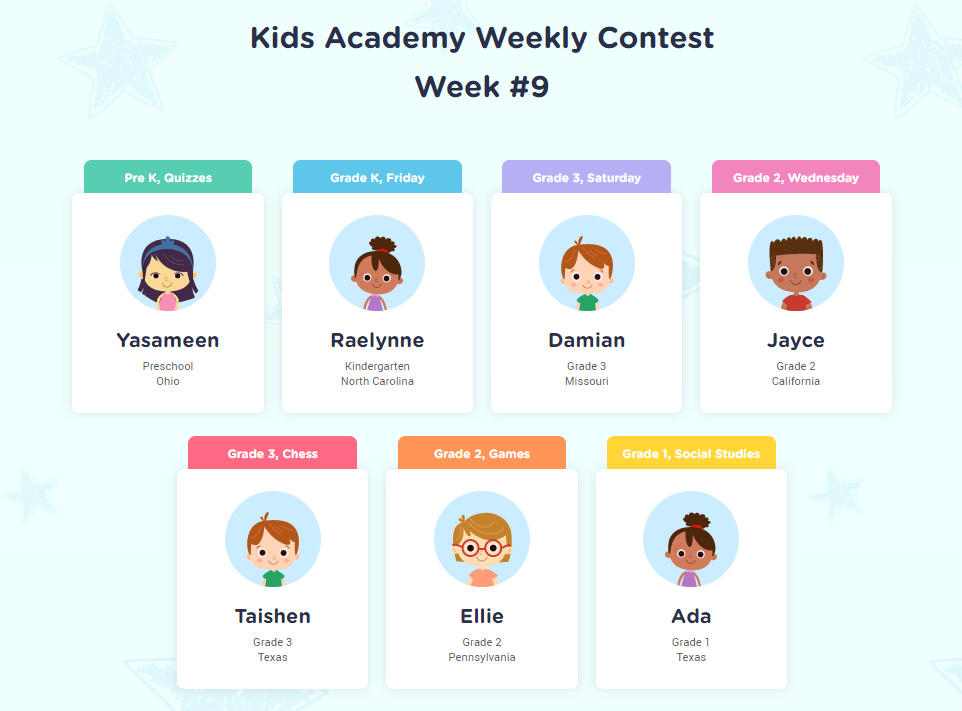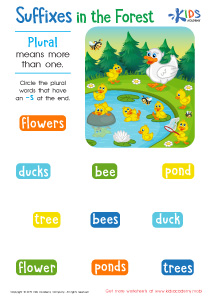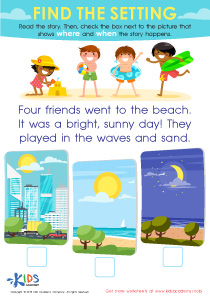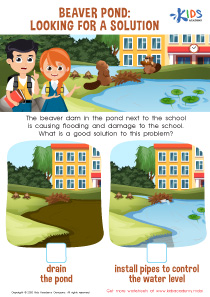Sentence structure Easy Worksheets for Ages 3-5
4 filtered results
-
From - To
Unlock the world of language for your little one with our "Sentence Structure Easy Worksheets for Ages 3-5." These engaging printables are designed to help preschoolers and kindergarteners build foundational skills in sentence formation. Featuring bright, kid-friendly images and simple exercises, our worksheets make learning fun and effective. Your child will practice recognizing simple sentences, arranging words in the correct order, and building their vocabulary. Perfect for early learners, these worksheets lay the groundwork for strong reading and writing abilities. Start your child’s education journey with the right tools to enhance their learning experience!
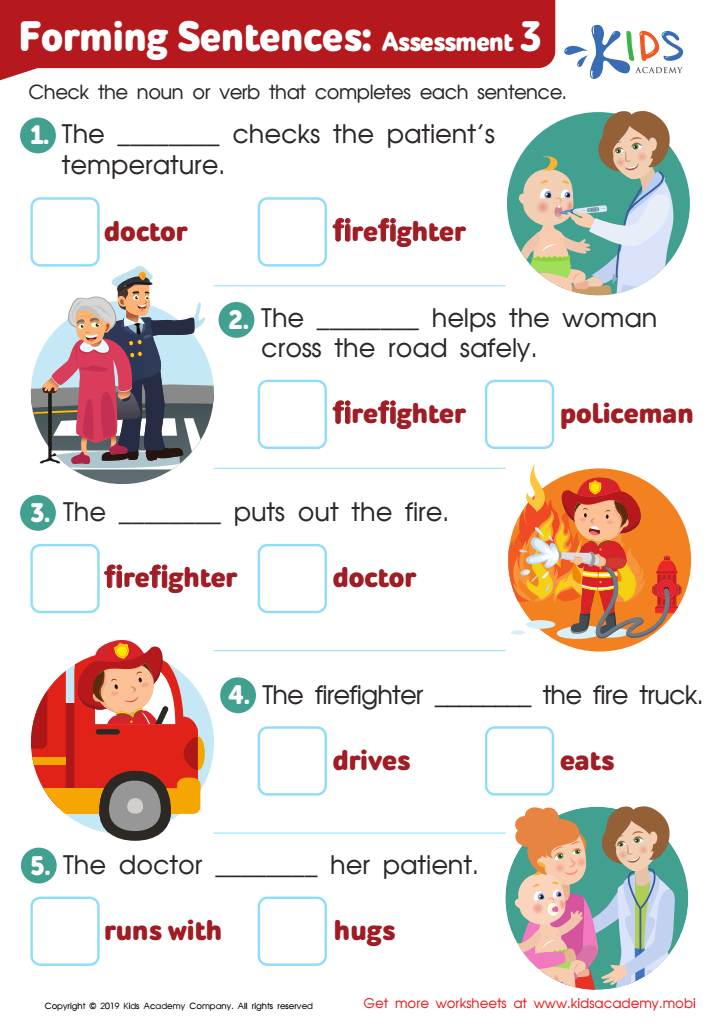

Forming Sentences: Assessment 3 Worksheet


Capitalization. Punctuation. Spelling. Assessment 3 Worksheet
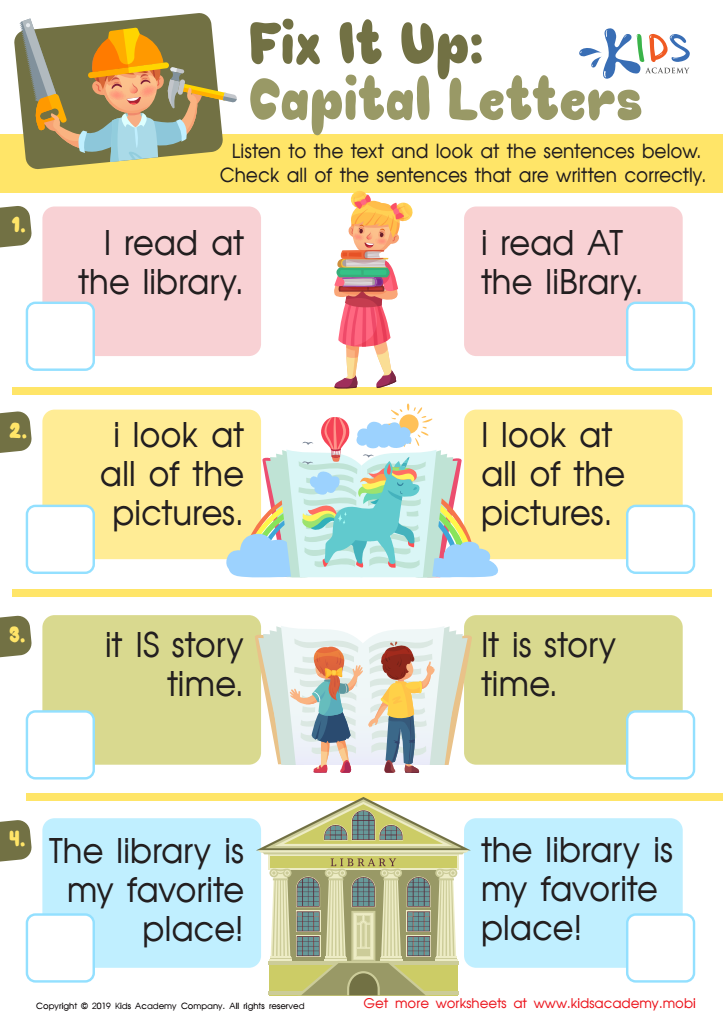

Fix Capital Letters Worksheet
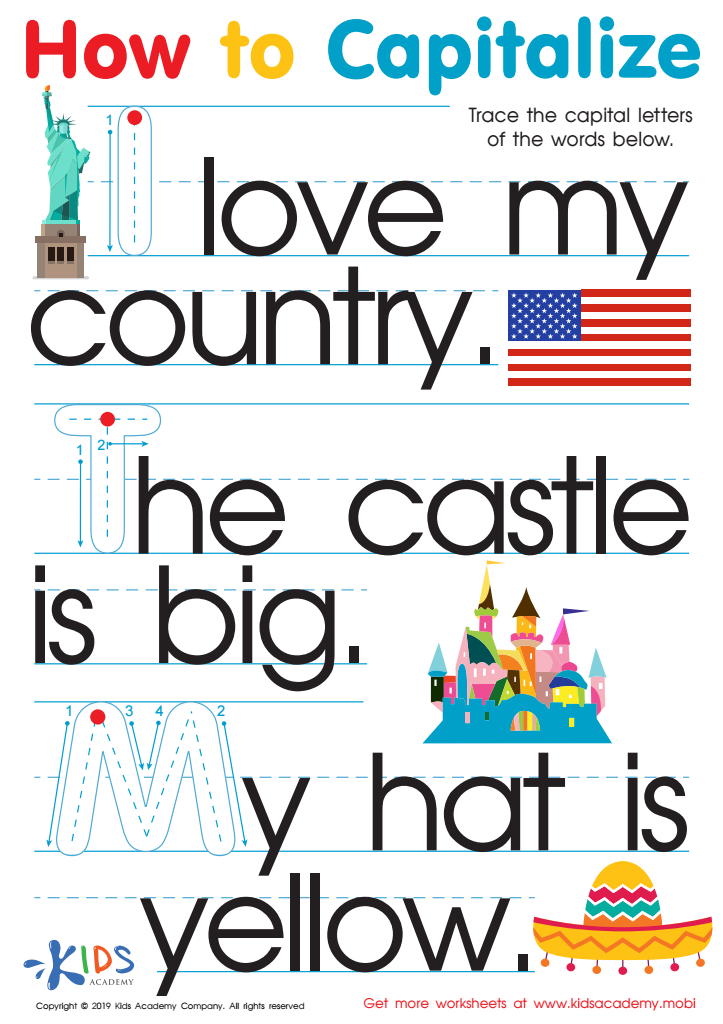

How to Capitalize Worksheet
Parents and teachers should prioritize fostering a foundational understanding of sentence structure for children ages 3-5 because it sets the stage for effective communication and future literacy skills. At this developmental stage, children are rapidly acquiring language, and comprehending basic sentence structure aids in their ability to express themselves clearly and understand others. By grasping simple sentences, such as "The cat runs fast," children start to comprehend the relationships between subjects, verbs, and objects, which are crucial building blocks for more complex language.
A solid grounding in sentence structure supports early reading and writing skills. When children recognize that words can be organized in a specific order to convey meaning, they find it easier to decode sentences while reading. This comprehension underpins their ability to predict and infer meaning, enhancing their overall reading fluency.
Moreover, understanding sentence structure is fundamental for critical thinking. When children can construct and deconstruct sentences, they are better equipped to grasp and convey nuanced ideas and emotions. This capability not only contributes to academic success but also to social interactions and relationship-building with peers and adults. Prioritizing sentence structure in early education fosters cognitive development, setting a strong foundation for lifelong learning and communication.
 Assign to My Students
Assign to My Students





